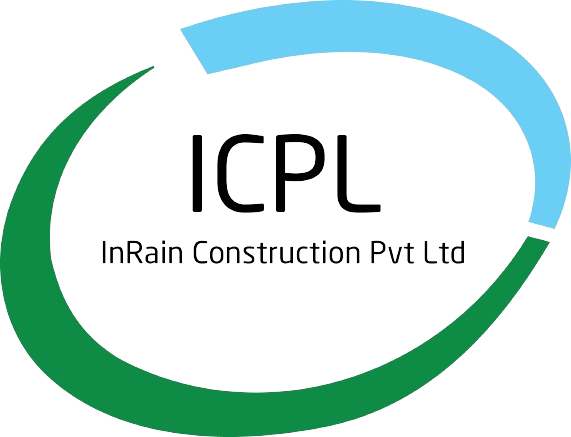
Rainwater Harvesting System in India: How to Install Rainwater Systems at Home and in Industries
Rainwater harvesting System is a sustainable practice that involves collecting, storing, and using rainwater for irrigation, washing, and drinking. It addresses water scarcity and reduces dependency on groundwater. Proper planning and installation make these systems effective, helping conserve water and save on bills. By implementing rainwater harvesting, you contribute to environmental conservation and create a valuable solution for drought-prone areas.
Rainwater Harvesting System:
Water scarcity is a pressing global issue affecting millions of people worldwide. As populations grow and climate change exacerbates the problem, finding sustainable solutions for water conservation is more critical than ever. One effective approach to mitigate water scarcity is through the implementation of efficient rainwater harvesting systems.
The Importance of Rainwater Harvesting:
Rainwater harvesting collects and stores rain for future use. This practice has been employed for centuries and is gaining renewed attention as a sustainable water management strategy. The significance of rainwater harvesting lies in its potential to alleviate water shortages, reduce reliance on conventional water sources, and promote sustainable living. By capturing and utilizing rainwater, communities can decrease the pressure on groundwater resources, mitigate flooding, and enhance water security.
Rainwater Harvesting Process:
Rainwater harvesting captures and stores rainwater for reuse, reducing runoff and conserving water resources. The process starts with rainwater from the sea evaporating due to the sun's heat, forming clouds, and falling as freshwater rain. Effective harnessing of this rainwater can provide a valuable resource for various applications. Key steps include capturing rainwater from rooftops or other surfaces, channeling it through pipes, filtering it, and storing it in tanks or reservoirs for later use. This sustainable practice helps conserve water and reduce dependence on traditional sources.
Types of Rainwater Harvesting:
Understanding rainwater harvesting types helps identify the best system for your needs. Learning about each method and their steps ensures effective implementation and optimal water collection.
Rooftop Rainwater Harvesting:
Rooftop rainwater harvesting captures rain directly from the roof, storing it in tanks or directing it to recharge systems. It’s cost-effective and enhances local groundwater levels when properly implemented. This system typically includes gutters, downspouts, and filters to remove debris. The collected water can be used for irrigation, flushing toilets, or other non-potable purposes.
Surface Rainwater Harvesting:
In urban areas, surface runoff from rainwater can be captured and used to recharge aquifers through effective methods, improving water conservation and sustainability.
Benefits of Rainwater Harvesting:
Water Conservation:
Rainwater harvesting helps conserve water by providing an alternative source for non-potable uses such as irrigation, toilet flushing, and laundry. This reduces the demand on municipal water supplies and conserves precious freshwater resources.
Cost Savings:
Implementing a rainwater harvesting system can lead to significant cost savings on water bills. By using harvested rainwater for various purposes, households and businesses can reduce their dependence on expensive treated water.
Environmental Impact:
Rainwater harvesting reduces the strain on local water bodies and groundwater reserves. It also minimizes the energy consumption associated with water treatment and distribution, leading to a smaller carbon footprint.
Flood Mitigation:
By capturing rainwater, these systems can help reduce surface runoff and mitigate urban flooding. This is particularly important in areas prone to heavy rainfall and flash floods.
Improved Plant Growth:
Rainwater is free from the chemicals and salts found in treated water, making it ideal for irrigation. Plants watered with rainwater often exhibit healthier growth and increased resistance to pests and diseases.
Components of an Efficient Rainwater Harvesting System:
An efficient rainwater harvesting system consists of several key components that work together to collect, filter, and store rainwater for future use.
Catchment Area:
The catchment area is where rainwater is collected. This is typically a rooftop, but it can also include other surfaces such as terraces, driveways, or even open fields. The quality and cleanliness of the catchment area are crucial for the overall effectiveness of the system.
Gutters and Downspouts:
Gutters and downspouts are used to channel rainwater from the catchment area to the storage tank. Properly sized and well-maintained gutters ensure efficient water collection and prevent overflow during heavy rainfall.
First Flush Diverter:
A first flush diverter is a device that removes the initial runoff from the catchment area, which often contains debris and contaminants. This ensures that only clean water enters the storage tank, improving the quality of the harvested rainwater.
Filtration System:
A filtration system is essential for removing particles and impurities from the harvested rainwater. This can include coarse filters, sand filters, and charcoal filters, depending on the intended use of the water.
Storage Tank:
The storage tank is where the collected rainwater is stored for future use. Tanks can be made from various materials, including plastic, concrete, and metal. The size of the tank depends on the catchment area, local rainfall patterns, and water demand.
Distribution System:
The distribution system involves the pipes and pumps used to deliver the stored rainwater to its intended use. This can include drip irrigation systems, garden hoses, or plumbing systems for indoor use.
Best Practices for Rainwater Harvesting:
To maximize the efficiency and effectiveness of a rainwater harvesting system, it is essential to follow best practices during design, installation, and maintenance.
Assess Water Demand and Supply:
Before installing a rainwater harvesting system, it is important to assess the water demand and supply. This involves calculating the average rainfall in the area, the size of the catchment area, and the expected water usage. This information helps determine the appropriate size of the storage tank and other system components.
Ensure Proper Maintenance:
Regular maintenance is crucial for the long-term functionality of a rainwater harvesting system. This includes cleaning the catchment area, gutters, and filters, as well as inspecting the storage tank for leaks or damage. Proper maintenance ensures the quality and safety of the harvested rainwater.
Use Appropriate Materials:
Using high-quality, durable materials for the system components is essential for its longevity. This includes selecting corrosion-resistant materials for gutters and downspouts, as well as UV-resistant materials for storage tanks exposed to sunlight.
Incorporate Overflow Management:
An efficient rainwater harvesting system should include an overflow mechanism to handle excess water during heavy rainfall. This prevents flooding and ensures the system operates smoothly.
Educate and Engage the Community:
Raising awareness and educating the community about the benefits and practices of rainwater harvesting can lead to greater adoption and collective efforts in water conservation. Community engagement can also facilitate the sharing of resources and knowledge for better system implementation and maintenance.
Conclusion:
Rainwater harvesting is a sustainable and effective solution for water conservation that offers numerous environmental, economic, and social benefits. By implementing efficient rainwater harvesting systems, communities can reduce their dependence on conventional water sources, mitigate water scarcity, and promote a more sustainable way of living. With proper design, installation, and maintenance, rainwater harvesting can play a vital role in addressing the global water crisis and ensuring a secure water future for generations to come.

September 30, 2023
Rainwater Harvesting System: Supercharge Your Life to Sustainable Living

October 05, 2023
Advancing Sustainability with Modular Rainwater Harvesting

October 18, 2023
Stormwater Management in India

November 01, 2023
Rainwater Harvesting System for Roof Top - Effective Water Solutions
Our Happy Clients

TATA

PEPSICO

HONDA

SMART CITY KARIMNAGAR

DELHI DEVELOPMENT AUTHORITY

PRADHANMANTRI SANGRAHALAYA
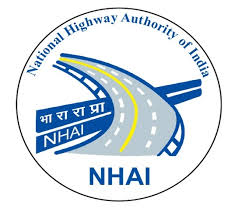
NHAI

INTERNATIONAL ARRIVALS
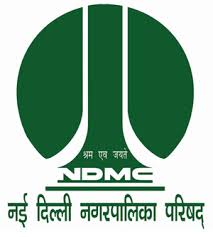
NDMC

HINDUSTAN UNILEVER

CPWD
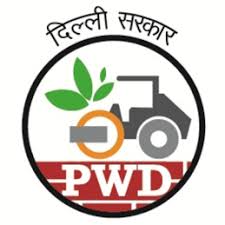
PWD

LARSEN & TOUBRO

MARATHON ELECTRIC
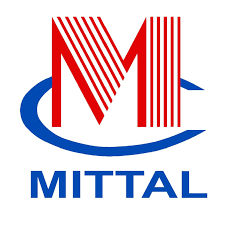
MITTAL CONS.

GMDA

FUJITA

BROOKFIELD PROPERTIES

DENSO

GLS

CBRE

SMC

SUPREME PIPES
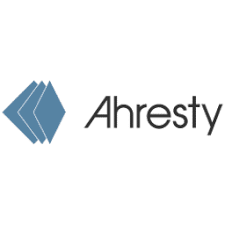
AHRESTY
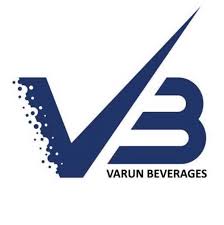
V3




